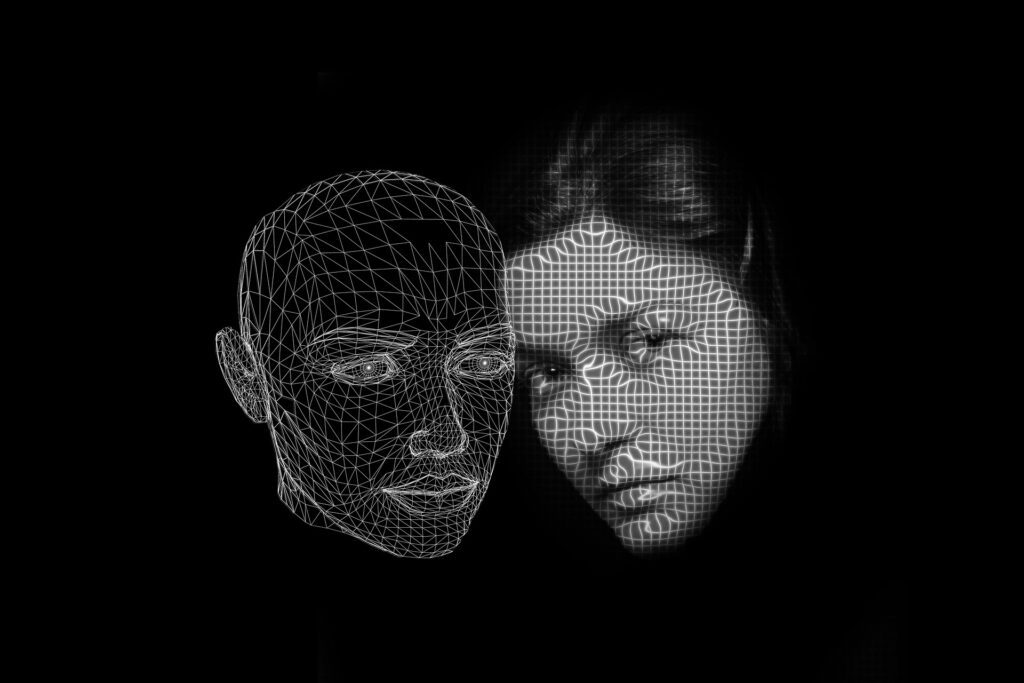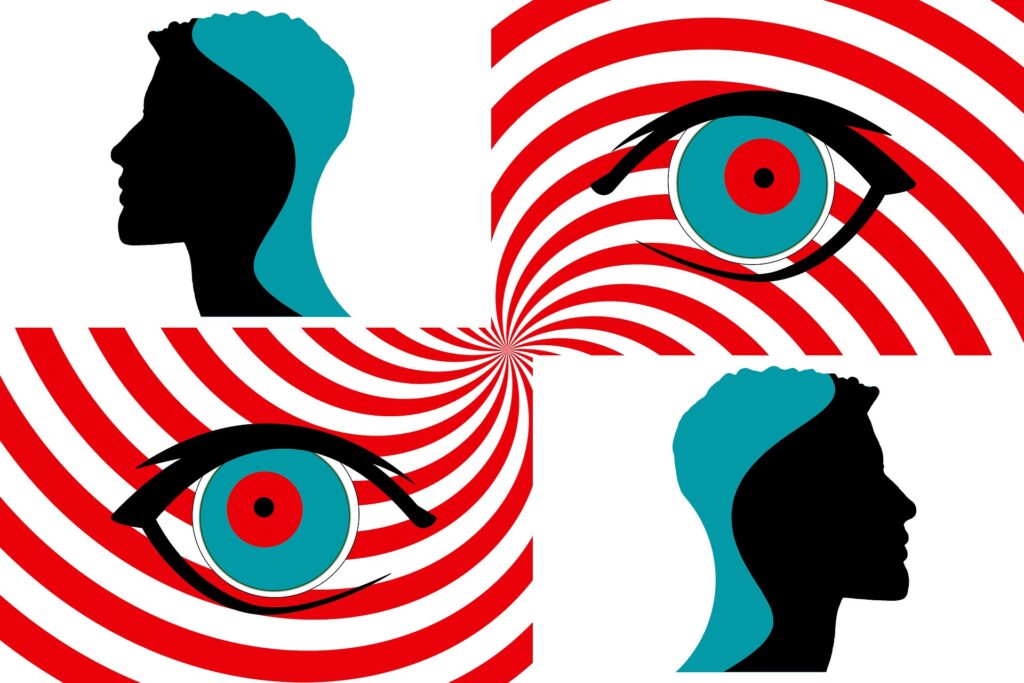Table of Contents

1. Introduction
Purpose: Explore the significance of understanding personality disorders in the context of mental health and their prevalence in society.
Personality disorders are intricate mental health conditions that permeate an individual’s long-standing patterns of thought, behavior, and interaction with others. Unlike mood or anxiety disorders, which may manifest in distinct episodes, personality disorders are often deeply entwined within the fabric of one’s identity, presenting challenges that can persist throughout their lives. Their pervasiveness is notable, with research suggesting that approximately 9–13% of the global population grapples with these conditions. This article aims to delve into the realm of personality disorders, shed light on their multifaceted nature, and underscore the critical importance of recognizing and addressing these disorders to enhance mental health awareness and support.
Understanding personality disorders is essential for a multitude of reasons. For one, it equips us with the knowledge to empathize with those who may be struggling, thereby reducing the stigma often associated with mental health issues. Moreover, by comprehending the complexities of these conditions, we can better encourage those affected to seek professional help. Recognizing the signs of a personality disorder in oneself or others can be the first step toward obtaining the necessary treatment and embarking on a journey of healing and personal growth.
2. Unraveling the Mysteries of Personality Disorders
Definition: Examine personality disorders as persistent, maladaptive patterns of behavior and thought that impair social, occupational, and personal functioning.
Characterized by rigid and enduring behavioral patterns, personality disorders are mental health conditions that significantly deviate from the norms of an individual’s culture. These persistent traits can lead to distress, impairment in various aspects of life, and difficulty in forming and maintaining relationships. People with personality disorders often find it challenging to navigate social situations and may exhibit emotional instability, inflexible thinking, and a skewed sense of self-identity. These disorders are not the product of a singular event or phase but rather a pervasive and lasting aspect of an individual’s personality that evolves over time.
Characteristics: Analyze the key features of personality disorders, including inflexible thinking patterns, emotional volatility, and social interaction challenges.
Individuals with personality disorders often grapple with a range of traits that can significantly impact their lives. These may include intense and persistent mistrust of others, as seen in paranoid personality disorder, or an extreme need for attention and approval, which is characteristic of histrionic personality disorder. Others might exhibit an overwhelming fear of abandonment, as in borderline personality disorder, or an unyielding need for control and perfectionism, traits associated with avoidant personality disorder. Each disorder presents its own set of challenges, which can vary in severity and manifestation.
Causes and Risk Factors: Investigate the genetic, environmental, and developmental underpinnings of personality disorders.
The genesis of personality disorders is rooted in a complex interplay between biological and environmental influences. Studies have shown that a person’s genetic makeup can predispose them to developing these conditions.
However, it is essential to note that genetics alone do not determine one’s fate. Environmental factors, such as childhood trauma, abuse, or neglect, can also contribute to the onset of a personality disorder. Additionally, differences in brain structure and function have been observed in individuals with these conditions, further illustrating the intricate web of factors that can contribute to their development. It is crucial to understand that these disorders are not a matter of personal choice or moral failingings but rather the result of a complex interweaving of innate predispositions and external experiences.


3. The Tapestry of Personality Disorders
Explore the different types of personality disorders and their defining characteristics.
Cluster A: The Odd and Eccentric
– Paranoid Personality Disorder: A pervasive distrust of others, often leading to suspicion that people are plotting against them.
– Schizoid Personality Disorder: A preference for solitary activities and a general lack of interest in forming close relationships, which can sometimes be mistaken for social anxiety.
– Schizotypal Personality Disorder: Eccentric beliefs and behaviors, including the potential for magical thinking or the belief in special powers, that resemble aspects of schizophrenia but do not reach the diagnostic threshold for that condition.
Cluster B: The Dramatic, Emotional, and Erratic
– Antisocial Personality Disorder: A disregard for the rights of others, often resulting in manipulation, deceit, and sometimes criminal behavior.
– Borderline Personality Disorder: Marked by emotional instability, tumultuous relationships, and a profound fear of abandonment, which can lead to self-harming behaviors.
– Histrionic Personality Disorder: Characterized by a heightened need for attention and a penchant for dramatic expression.
– Narcissistic Personality Disorder: Defined by a grandiose sense of self-importance, a lack of empathy, and an insatiable need for admiration.
Cluster C: The Anxious and Fearful
– Avoidant Personality Disorder: Extreme sensitivity to criticism and rejection, resulting in withdrawal from social situations.
– Dependent Personality Disorder: An excessive need for others to provide care and support, often accompanied by submissive and clingy behavior.
– Obsessive-Compulsive Personality Disorder (OCPD): Distinguished by perfectionism, a strong need for control, and an aversion to change. It is essential to differentiate this from obsessive-compulsive disorder (OCD), which centers on compulsive behaviors rather than personality traits.
4. Navigating the Diagnostic Landscape
Discuss the process and criteria involved in diagnosing personality disorders.
Diagnosis: Detail the comprehensive evaluation process and the importance of the DSM-5 criteria in diagnosing personality disorders.
The diagnosis of a personality disorder is a meticulous process that involves a thorough assessment of an individual’s psychological and emotional landscape. Clinicians rely heavily on the Diagnostic and Statistical Manual of Mental Disorders, 5th Edition (DSM-5), which outlines specific criteria that must be met for a diagnosis to be made. These criteria consider the persistence and pervasiveness of the disorder’s symptoms, as well as their impact on the individual’s ability to function in various domains of life. The process typically involves extensive interviews and discussions regarding personal history, patterns of behavior, and current mental state.
Challenges in Treatment: Discuss the barriers that arise in the treatment of personality disorders, including societal stigma, misdiagnosis, and patient resistance.
Treating personality disorders can be a challenging endeavor. Stigma continues to pervade discussions around mental health, making it difficult for individuals to acknowledge their struggles and seek professional help. Moreover, the entrenched nature of these conditions can lead to misdiagnosis, as symptoms may overlap with other mental health disorders. Additionally, resistance to treatment can stem from the very traits that define the disorder, such as a lack of self-awareness or an aversion to change. It is crucial for mental health professionals and patients to understand these challenges and work collaboratively to overcome them.


5. The Road to Recovery: Treatment Options for Personality Disorders
Explore the various therapeutic approaches available for addressing personality disorders.
Psychotherapy: Discuss the effectiveness of cognitive-behavioral therapy (CBT), dialectical behavior therapy (DBT), and psychodynamic therapy in treating personality disorders.
Psychotherapy serves as a cornerstone in the treatment of personality disorders. Cognitive-behavioral therapy (CBT) is a widely used approach that helps individuals recognize and alter negative thought patterns, thereby improving their coping mechanisms. Dialectical behavior therapy (DBT), particularly beneficial for those with borderline personality disorder, emphasizes emotion regulation, mindfulness, and interpersonal effectiveness. Psychodynamic therapy, on the other hand, focuses on exploring the unconscious patterns that influence behavior and examining the impact of past experiences on present functioning.
Medication: Clarify the role of pharmacotherapy in managing symptoms associated with personality disorders.
While medication cannot cure personality disorders, it can play a vital role in managing symptoms that accompany them. Antidepressants and mood stabilizers are frequently prescribed to help individuals cope with depression, anxiety, or mood swings that may be part of their disorder. It is essential to note that medication should be used in conjunction with other forms of therapy for the most comprehensive treatment plan.
Lifestyle and Self-Care: Emphasize the importance of self-care and a balanced lifestyle as part of the treatment process.
A holistic treatment approach often includes lifestyle changes and self-care practices. Engaging in regular exercise, maintaining a balanced diet, and prioritizing sleep can significantly bolster mental health. Mindfulness practices, such as meditation or yoga, can also be instrumental in reducing stress and fostering emotional regulation. Building a robust support network and engaging in fulfilling hobbies are other critical components of a well-rounded treatment plan.
6. Thriving Despite the Challenges: Strategies for Patients and Their Support Systems
Provide guidance for patients and their loved ones on coping with and managing personality disorders.
For Patients: Offer advice on self-awareness, setting realistic goals, and collaborating with mental health professionals.
Living with a personality disorder requires courage, patience, and a commitment to self-improvement. Developing self-awareness is a critical first step, allowing individuals to recognize their disorder’s impact on their life. Establishing achievable objectives and actively participating in therapy can lead to significant progress. Building a strong relationship with a mental health professional is also essential, as they can provide the guidance and support needed to navigate the complexities of treatment.
For Families and Friends: Offer counsel on empathetic support and maintaining boundaries in relationships with individuals who have personality disorders.
Families and friends of those with personality disorders play a pivotal role in their loved ones’ lives. It is essential to approach these relationships with empathy and understanding while simultaneously setting clear boundaries to protect one’s own mental health. Encouraging the individual to seek professional help and participating in family therapy can be incredibly supportive. Moreover, seeking guidance from support groups and educating oneself about the disorder can foster a more profound comprehension and compassion.


7. Conclusion: A Call to Action
Reiterate the significance of recognizing and treating personality disorders, and encourage individuals to seek help.
The prevalence of personality disorders underscores the urgent need for increased awareness and more effective treatment options. These conditions are not merely a part of someone’s personality but are deeply embedded mental health issues that can significantly impair an individual’s quality of life. By fostering an environment of empathy and openness, we can help those affected by personality disorders feel more comfortable seeking the support they deserve.
The journey toward recovery is an ongoing process, but with the right combination of treatment, self-care, and support, individuals can and do lead fulfilling lives. It is vital to remember that recovery is not a linear path but a series of small victories that, over time, can lead to substantial change. By reaching out to mental health professionals and embracing the tools and strategies available, it is possible to overcome the challenges posed by these conditions.
In conclusion, personality disorders are a significant aspect of the mental health spectrum that requires our attention and understanding. Through education, empathy, and a commitment to treatment, we can help those affected to live with greater ease and satisfaction. If you or someone you know may be struggling with a personality disorder, do not hesitate to seek professional guidance. Remember, help is available, and recovery is within reach.
How Exercise Can Improve Mental Health: 5 ways physical activity changes your brain
Introduction: The Mind-Body Symphony Everything feels just a bit too much. Yet, in the midst of all this chaos, you […]
Psychology of laughter for stress : 6 Reasons you should laugh more
Introduction Picture this: You’re scrolling through Psychology of laughter for stress your social media feed after a long, exhausting day, […]
How to Master Emotional Self-Care: A Comprehensive Guide to Nurturing Your Mental Health
Introduction In the fast-paced world we live in today, where the demands of work, relationships, and personal aspirations How to […]